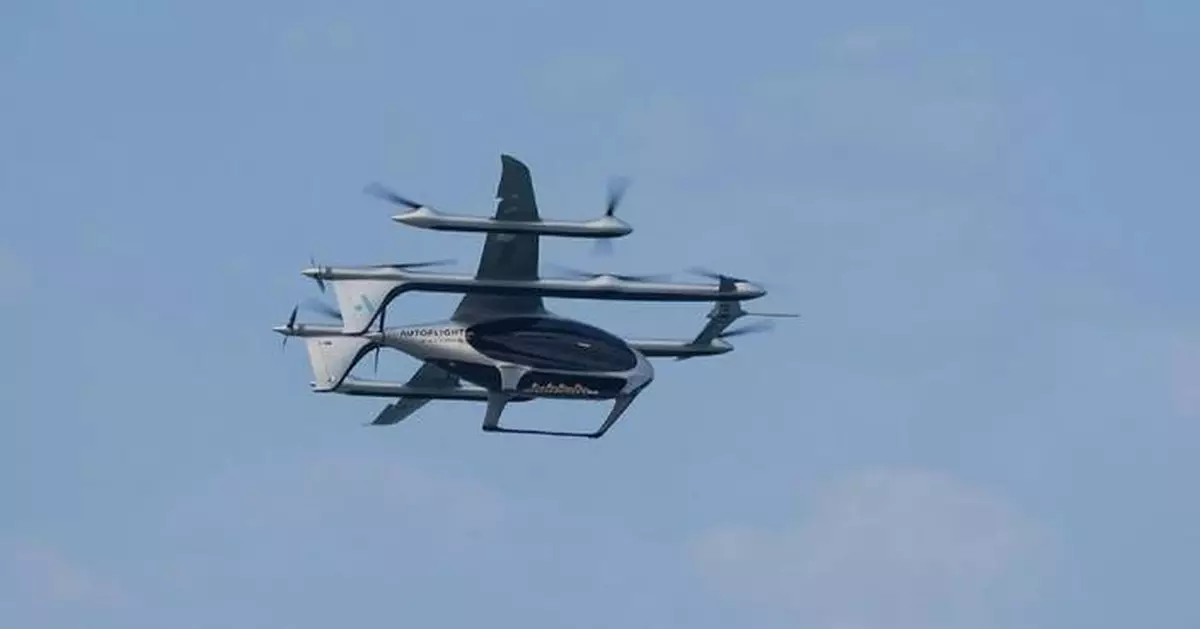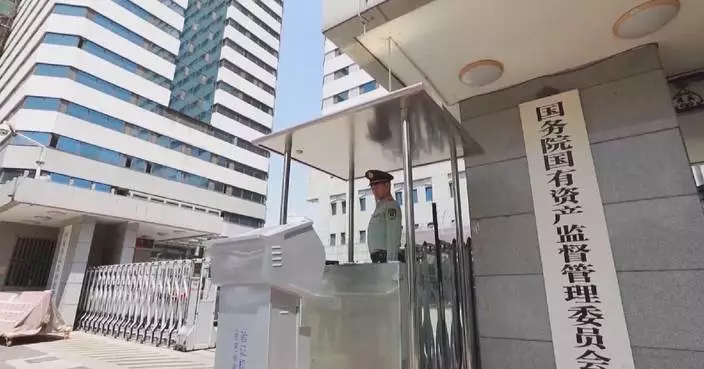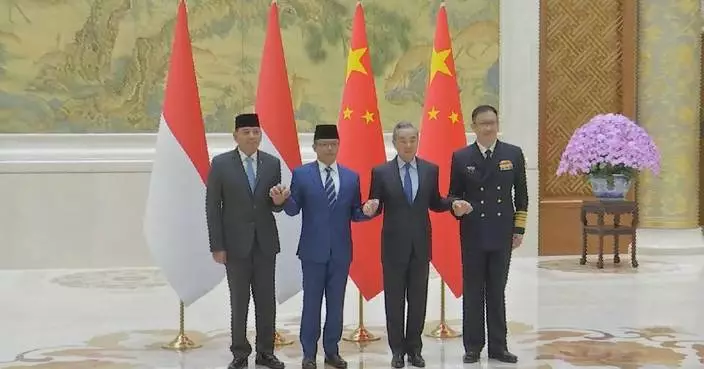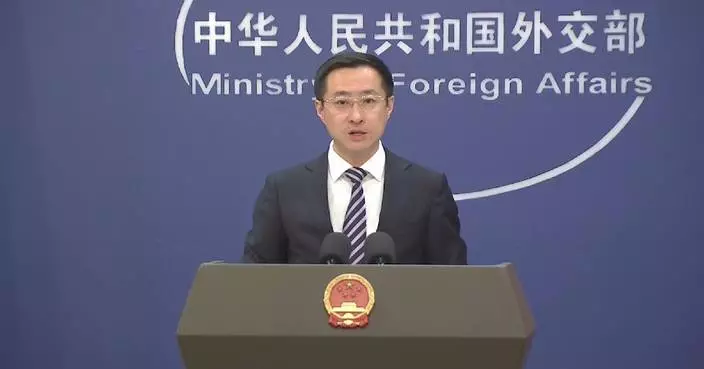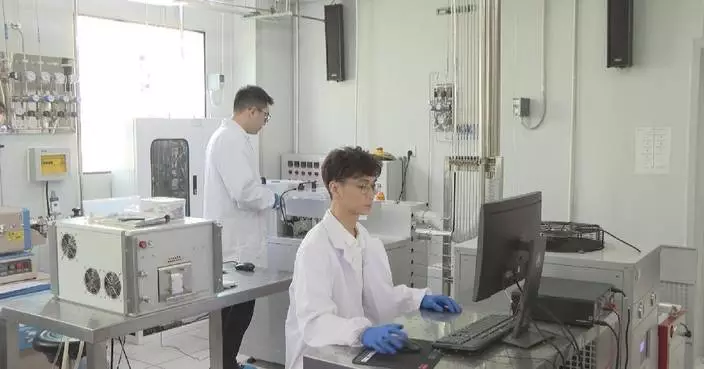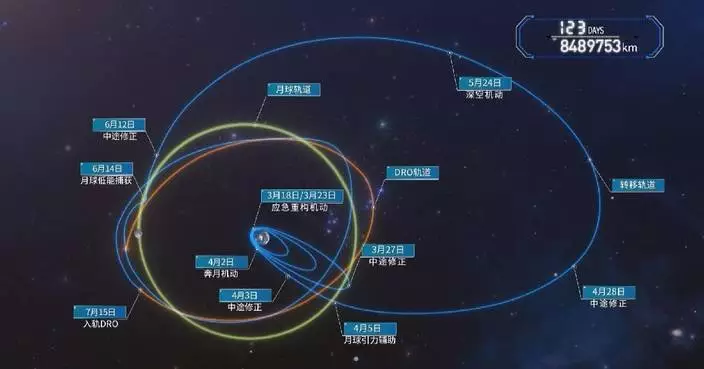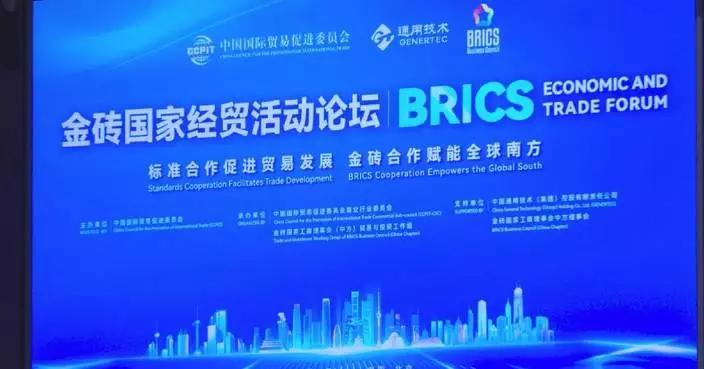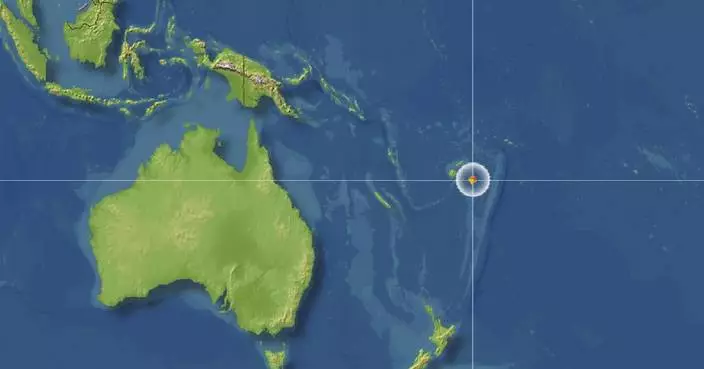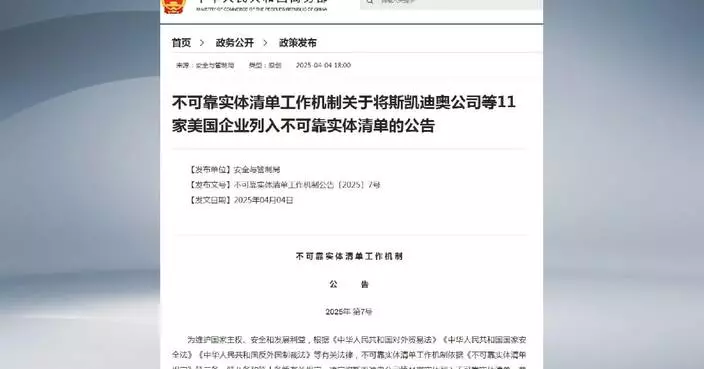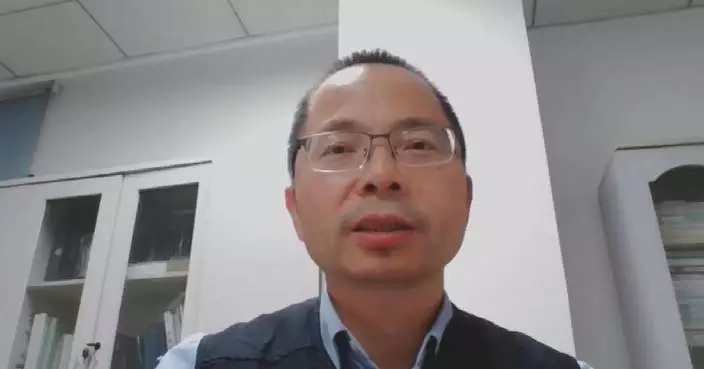The low-altitude economy is accelerating in south China's Shenzhen City as drones and electric vertical take-off and landing aircraft (eVTOLs) reshape transport, logistics, and urban mobility.
Powered entirely by electricity, an eVTOL can ascend vertically to over 100 meters and fly at 130 kilometers per hour. As these futuristic "air taxis" are put into use, people in Shenzhen are getting a glimpse of the world to come.
Thanks to the air taxi, travelers in Shenzhen can now reach Zhuhai -- a coastal city just across the sea -- in just 17 minutes. The journey would otherwise take up to three hours by car.
The debut of eVTOLs marks not only a major leap in innovation and market strategy, but also reflects the compound breakthroughs Shenzhen has made in policy, infrastructure, and application development within the low-altitude economy.
In urgent or high-value scenarios, drones and eVTOLs are offering faster, more efficient alternatives to traditional transportation, and intercity drone transport is also gaining traction.
Meanwhile, drones are proving vital in agriculture. According to surveys from China's agricultural department, drone-enabled crop spraying significantly reduces the use and cost of pesticides and fertilizers while increasing efficiency and precision, which has been helping address the growing labor shortage in rural areas.
A researcher from China's National Agricultural Technology Extension Service Center noted that the country has become the world's largest user of agricultural drones, with data consistently showing a 10 to 20 percent improvement in pest control effectiveness, a 20 to 30 percent reduction in pesticide use, and over a 10 percent increase in pesticide utilization efficiency.
In Shenzhen, drone-based food delivery has been transitioning from pilot testing to large-scale commercial operation.
By the end of 2024, a major food delivery platform based in Shenzhen had opened 53 drone delivery routes, completed over 200,000 orders through drone delivery -- nearly doubling from the previous year -- and gained more than 80,000 new users.
"The low-altitude economy covers many fields, but at its core, it's an integrated economic model driven by flight activities based on low-altitude airspace," said Li Shipeng, executive director of the Low-Altitude Economy Branch of Guangdong-Hong Kong-Macao Greater Bay Area Digital Economy Research Institute.
According to Li, Shenzhen leads the country in drone usage volume. "According to statistics from last October, the average daily drone flight volume is about 8,000, including corporate drones and private ones. This number is higher than any other city in the country," Li said.
Named as a strategic emerging industry in the 2023 Central Economic Work Conference and officially included in the 2024 Report on the Work of the Government, the low-altitude economy has been regarded as a new engine of China's economy, and been showing its important role in the country's economic development.
"Urban air mobility is widely seen as the true blue ocean of the low-altitude economy," said Zhao Wenjuan, deputy secretary-general of the Shenzhen Low-Altitude Economy Industry Association.
"China's development plan on low-altitude economy follows a clear logic -- starting in suburban areas, expanding into cities, beginning with logistics before moving to passenger transport. The low-altitude economy is poised to support future integrated transportation -- across cities, within urban areas, and between city clusters -- enabling three-dimensional passenger and cargo transportation. As infrastructure, airspace access, and intelligent ground-air integration systems continue to advance, the market of China's low-altitude economy is expected to see rapid growth, driven by real demand and large-scale applications spanning cities and regions," Zhao said.

Drones transform life, industry in south China's Shenzhen


